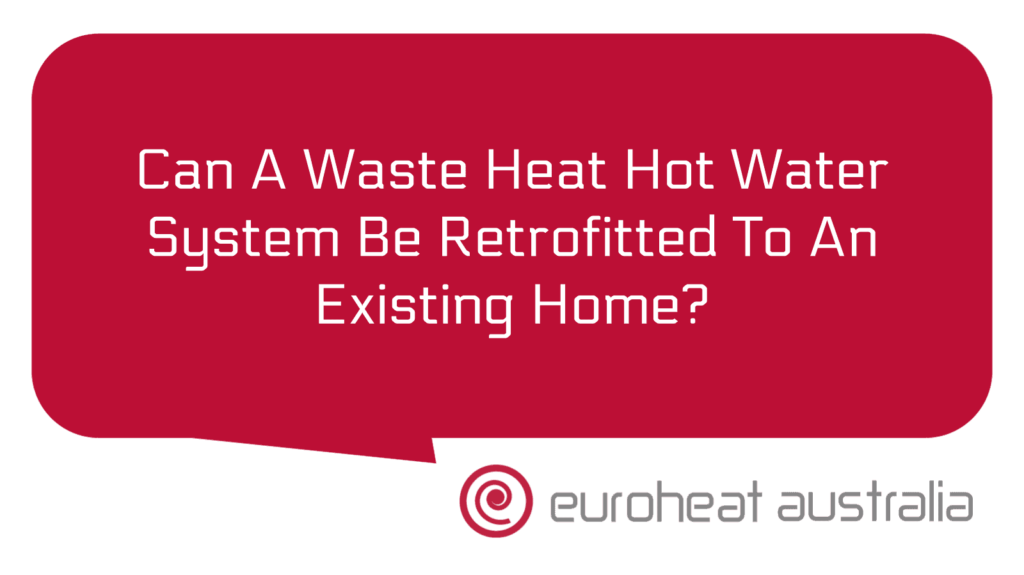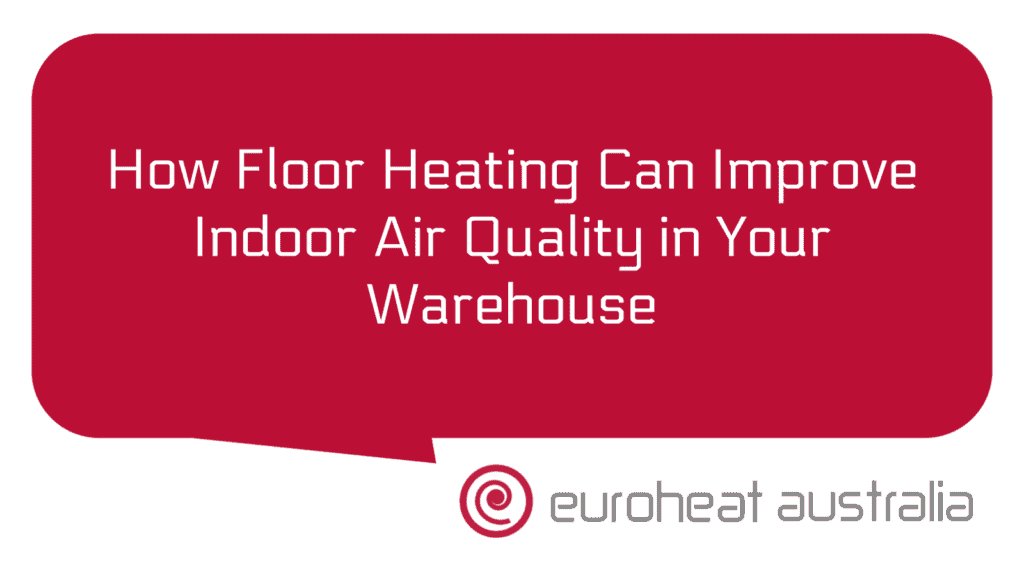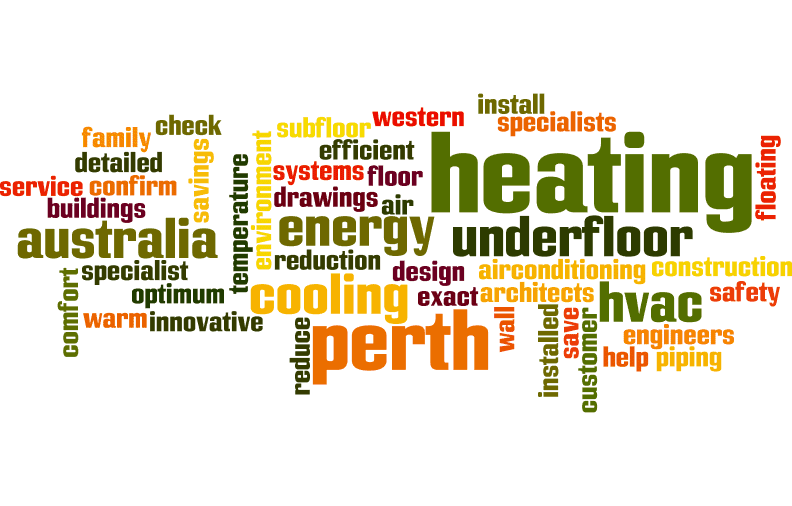If you’re a homeowner in Australia looking to make your home greener and more energy efficient, then you may want to consider retrofitting a waste heat hot water system. Waste heat hot water systems are designed to capture heat energy that would otherwise be wasted, such as the heat produced by an air conditioning compressor, and put it back into your home’s heating system. This can help reduce your energy bills and in some cases even eliminate them entirely.
The first step in considering a waste heat hot water system is to determine if your existing home is suitable for retrofitting the system. Generally speaking, any existing home should be able to accommodate a waste heat hot water system. However, it’s important to consider not only the size of the installation space but also how much energy can feasibly be captured from the existing equipment. The best way to determine this is by consulting with an experienced waste heat hot water specialist who will be able to assess your home and provide advice on what type of system would work best for you.
Once you have identified that your existing home is suitable for retrofitting a waste heat hot water system, the next step is to look at what kind of savings you can expect with such an installation. In general, installing a waste heat hot water system can reduce energy bills by up to 30 percent. This is because it captures otherwise-wasted energy and puts it back into your heating system so less energy needs to be generated elsewhere. Additionally, depending on your location, installing such a system may qualify you for incentives from governments or utility companies which could further reduce costs associated with the installation or even provide financial assistance towards its purchase.
In addition to reducing energy bills, there are also other benefits associated with installing a waste heat hot water system in an existing home. For instance, such systems are designed with “chill recovery” technology which helps ensure that air conditioning compressors operate more efficiently and consume less electricity as they draw cooler air from inside the house rather than from outside where temperatures can vary significantly due to weather conditions. Additionally, these systems are generally much quieter than traditional heating systems so they won’t disturb other family members while they’re operating.
Of course, when considering whether or not to install a waste heat hot water system in an existing home it’s important that all necessary safety precautions are followed during the installation process – especially when dealing with high voltage electrical components or hazardous materials like refrigerant gas – so it’s best practice for homeowners who don’t have any experience working with these types of systems to consult with professionals who do have experience such as those at Euroheat Australia who design & construct hydronic heating & cooling systems with 30 years of experience . With their knowledge and expertise you can rest assured that whatever installation project you undertake will be completed safely and efficiently ensuring maximum efficiency levels for years down the line!





